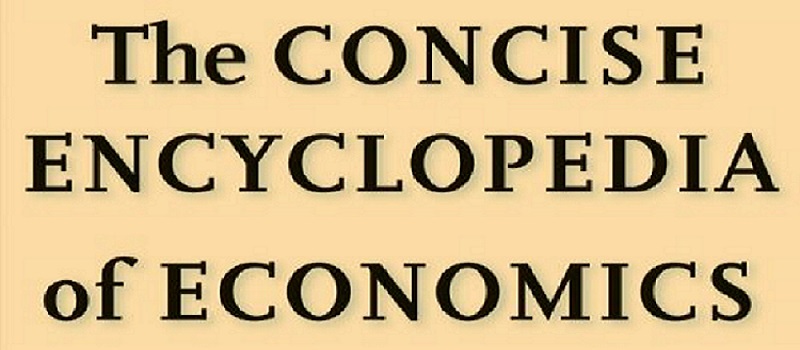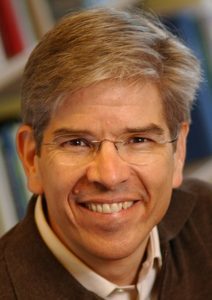

There are actually two very different phases in Romer’s work on endogenous growth theory. Romer (1986) and Romer (1987) had an AK model. Real output was equal to A times K, where A is a positive constant and K is the amount of physical capital. The model assumes diminishing marginal returns to K, but assumes also that part of a firm’s investment in capital results in the production of new technology or human capital that, because it is non-rival and non-excludable, generates spillovers (positive externalities) for all firms. Because this technology is embodied in physical capital, as the capital stock (K) grows, there are constant returns to a broader measure of capital that includes the new technology. Modeling growth this way allowed Romer to keep the assumption of perfect competition, so beloved by economists.
In Romer (1990), Romer rejected his own earlier model. Instead, he assumed that firms are monopolistically competitive. That is, industries are competitive, but many firms within a given industry have market power. Monopolistically competitive firms develop technology that they can exclude others from using. The technology is non-rival; that is, one firm’s use of the technology doesn’t prevent other firms from using it. Because they can exploit their market power by innovating, they have an incentive to innovate. It made sense, therefore, to think carefully about how to structure such incentives.
These two paragraphs are from my biography of Paul Romer in The Concise Encyclopedia of Economics. It is now on-line.
Read the whole thing.

READER COMMENTS
Jon Murphy
May 30 2019 at 5:13pm
Wow! I did not know he started Aplia. I used that in undergrad
David Henderson
May 30 2019 at 6:38pm
Yes. I bet it made him a multi-millionaire.
Mark Brady
May 30 2019 at 6:55pm
“In 2000, Romer introduced Aplia, an on-line set of problems and answers that economics professors could assign to their students and easily grade. The upside is that students are more prepared for lectures and exams and can engage with their fellow students in economic experiments on line. The downside of Aplia, according to some economics professors, is that students get less practice actually manually drawing demand and supply curves.”
From which he made a ton of money when he sold out to Cengage Learning in March 2007.
“Easily grade.” Aplia grades the answers and provides the instructors with the results. No wonder some teachers like it!
Having used Aplia and Sapling, a cheaper competitor, I’m not convinced that “students are more prepared for lectures and exams.” (And if you want the students to get something out of it, you should lecture before they tackle Aplia.) I’m told by a student tutor that pretty much all the answers to the questions are out there on the web if you search for them. And some students don’t like it either.
https://www.reddit.com/r/UniversityOfHouston/comments/88c39f/who_the_hell_decided_aplia_was_a_good_idea/
Comments are closed.